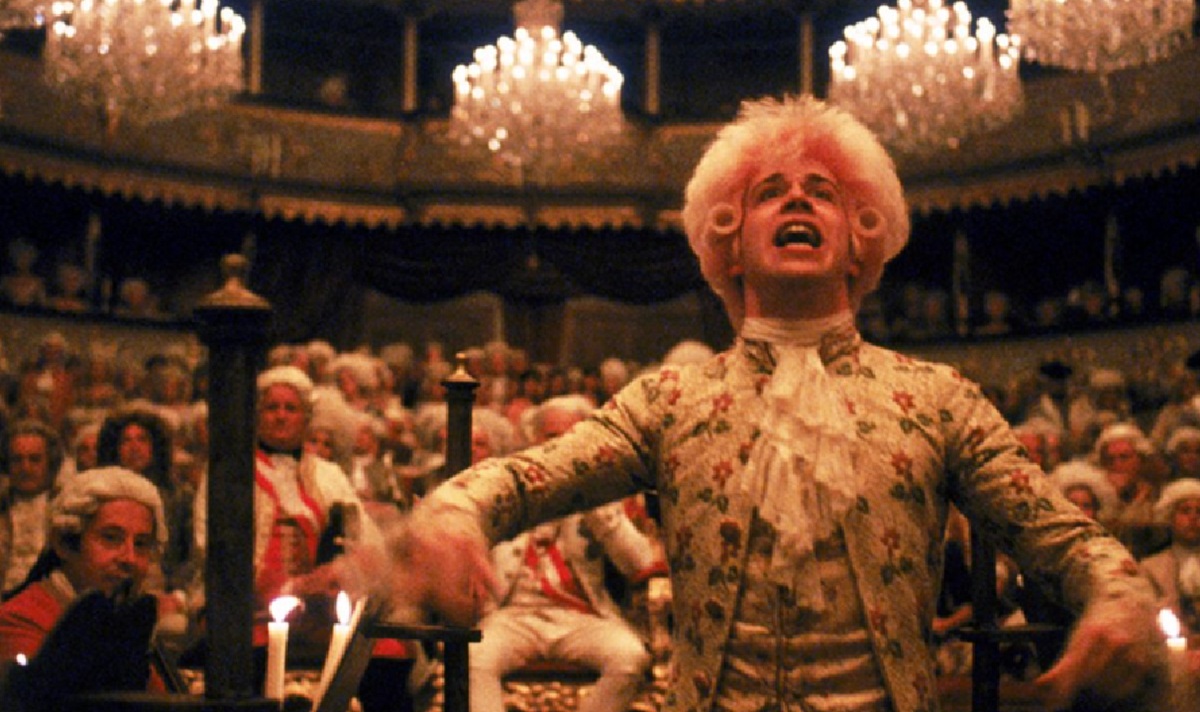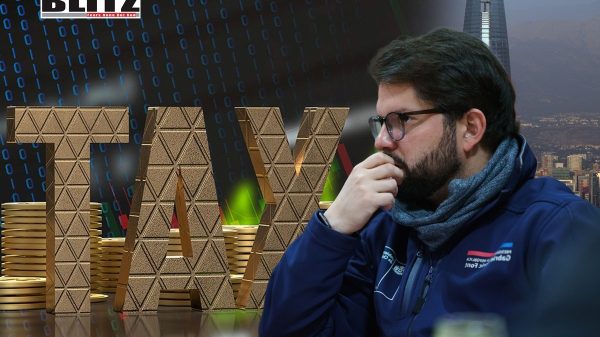Black magic is real and it can ruin people’s life
- Update Time : Tuesday, April 11, 2023

In this modern age of science and technology, majority of the people may not believe the existence of black magic. But reality is – there is black magic and, in some cases, it can ruin anyone’s life if s/he falls victim of it.
What is ‘magic’ anyway? Most of us have an idea of what the word means, but it is notoriously difficult to define. In the study of religions, one of the most influential definitions came from James G. Frazer’s The Golden Bough. In this book, Frazer described magic as the first, primitive stage in mankind’s attempt to understand and control the world. According to Fraser, magic evolved into religion, a more sophisticated system that relied on supernatural beings. Religion in turn was superseded by science.
This distinction between magic and religion influenced later generations of anthropologists. Emile Durkheim saw religion as a shared set of beliefs held by a social group; magicians on the other hand, were lone agents, whose important relationships were with their clients. Thus, he famously concluded, ‘there is no church of magic’. Sigmund Freud saw magic as a form of wish fulfillment, in which the desire is projected onto the magical act itself.
More recently there has been a reaction against this discussion of magic, with a tendency among anthropologists and historians of religion to recommend abandoning the word ‘magic’ altogether. There is some merit in this argument. Our word ‘magic’ comes from a very particular place, and our distinction between religion and magic goes back to early Christianity, when criticizing ‘magic’ was part and parcel of the way early Christians defined themselves and disparaged their rivals. Any spell, or amulet that was thought to embody a power other than that of Christ was characterized as the work of evil demons. The ‘miracles’ of Jesus and the Apostles had to be strongly differentiated from ‘magic’.
So, when I use the term ‘Buddhist magic’ I mean rituals entirely performed for this worldly ends, in which the ultimate aim of Buddhism – awakening – is only indirectly present in the practice, if at all. When buddhas and bodhisattvas appear in these practices, their role as savior or exemplar of enlightenment is not fore fronted, and their purpose is only to guarantee the effects of the magic spell. And ‘magic’ overlaps with ‘medicine’ in that specific remedies are prescribed for specific problems. I do not mean to revive here Frazer’s and Durkheim’s idea that magic stands in opposition to religion. I think it would be better to see magic as having a specific role in the wider context of Buddhist practice.
If the word ‘magic’ comes with all this baggage, why use it? The fact is that magic continues to live as an important concept in specialist circles of esoteric practitioners, and more widely in fiction and games. People do tend to know what it means. The concept of magic is still widely used by scholars as well, despite its rise and fall from grace in the twentieth century. The study of Ancient Babylonian magic, Hellenistic magic, Jewish magic, and the European magical practices of the Middle Ages are very much alive and well today. They also have much to teach us about magic in the Buddhist world.
Black magic
Black magic, also known as dark magic, has traditionally referred to the use of supernatural powers or magic for evil and selfish purposes, specifically the seven magical arts prohibited by canon law, as expounded by Johannes Hartlieb in 1456.
In 1597, King James VI and I published a treatise, Daemonologie, a philosophical dissertation describing contemporary necromancy and the historical relationships between the various methods of divination used in black magic. This book is believed to be one of the main sources used by William Shakespeare in the production of Macbeth.
Practitioners of necromancy or demonic magic in the late Middle Ages usually belonged to the educated elite, as the contents of most grimoires were written in Latin. Demonic magic was usually performed in groups surrounding a spiritual leader in possession of necromantic books. One such case in 1444, Inquisitor Gaspare Sighicelli took action against a group active in Bologna. Marco Mattei of Gesso and friar Jacopo of Viterbo confessed to taking part in magical practices.
The art of geomancy was one of the more popular forms of magic that people practiced during the Renaissance period. Geomancy was a form of divination where a person would cast sand, stone, or dirt on the ground and read the shapes. The Geomantic figures would then tell them “anything” based on geomancy charts that were used to read from the shape.
Hydromancy, a form of divination using water, is typically used with scrying. Water is used as a medium for scrying to allow the practitioner to see illusionary pictures within it. Hydromancy originated from Babylonia and was popular during Byzantine times whereas in medieval Europe, it was associated with witchcraft.
Aeromancy divination consisted in tossing sand, dirt, or seeds into the air and studying and interpreting the patterns of the dust cloud or the settling of the seeds. This also includes divination coming from thunder, comets, falling stars, and the shape of clouds.
Pyromancy is the art of divination which consisted of signs and patterns from flames. There are many variations of pyromancy depending on the material thrown into a fire and it is thought to be used for sacrifices to the gods and that the deity is present within the flames with priests interpreting the omens conveyed.
Chiromancy is a form of divination based on reading palms and based on intuitions and symbolism with some symbols tying into astrology. A line from a person’s hand that resembles a square is considered a bad omen whereas a triangle would be a good omen. This idea comes from the trine and square aspect in the astrological aspects.
Scapulimancy was a form of divination using an animal’s scapula. The scapula would be broken and based on how it was broken, it could be used to read the future. It was generally broken by heating it with hot coals until it broke.
Like its counterpart white magic, the origins of black magic can be traced to the primitive, ritualistic worship of spirits as outlined in Robert M. Place’s 2009 book, Magic and Alchemy. Unlike white magic, in which Place sees parallels with primitive shamanistic efforts to achieve closeness with spiritual beings, the rituals that developed into modern black magic were designed to invoke those same spirits to produce beneficial outcomes for the practitioner. Place also provides a broad modern definition of both black and white magic, preferring instead to refer to them as “high magic” (white) and “low magic” (black) based primarily on intentions of the practitioner employing them. He acknowledges, though, that this broader definition (of “high” and “low”) suffers from prejudices because good-intentioned folk magic may be considered “low” while ceremonial magic involving expensive or exclusive components may be considered by some as “high magic”, regardless of intent.
During the Renaissance, many magical practices and rituals were considered evil or irreligious and by extension, black magic in the broad sense. Witchcraft and non-mainstream esoteric study were prohibited and targeted by the Inquisition. As a result, natural magic developed as a way for thinkers and intellectuals, like Marsilio Ficino, abbot Johannes Trithemius and Heinrich Cornelius Agrippa, to advance esoteric and ritualistic study (though still often in secret) without significant persecution.
Black magic can have serious effect on any individual and in some cases, it can be lethal while in other cases it can ruin the life of the targeted person. For this reason, people in Thailand and few other countries visit Buddhist monks for getting rid of the evil effect of black magic through a bath in special holy water.
Wat Thepprasart Taotan Temple in Sattahip, Thailand staged the Toranee Sarn Yai bathing ceremony on April 6, the 15th day of the waxing moon on the fifth lunar month which is considered to be a most auspicious day to perform this ritual. Abbot Phra Acharn Boonsong Chantimo and Phra Acharn Udom Thammaporn led the Buddhist baptism using Toranee Sarn holy water, which differs from normal Phra Paritorn holy water in that there is a specific consecrating incantation attached to it. The bathing supposedly undoes black magic, vice, ignorance and dark arts while bestowing prosperity. About 400 Buddhist believers in the supernatural took this bath to get rid of evil effect of black magic.



















Leave a Reply